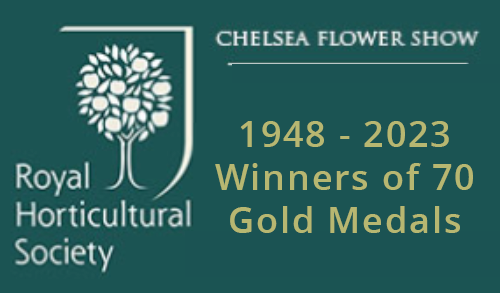News: Compost 3 0
News
Compost 3.0
It is that time of year again when we get ready for planting bulbs in earnest. As tradition dictates this is the weekend for the compost email.
In preparing your pots and containers it is important to use the right soil mix. There has been plenty of press and television coverage of the right and wrong ways of making your own compost. Essentially, if you do make your own compost continue to do what works for you.
Rather than focusing on the best compost recipe here is what you need to keep in the shed. This will give you the ingredients for that perfect mix, whatever bulbs or plants you are potting.
• nutrient enriched topsoil
• multi purpose compost
• horticultural grit
• sharp sand
• mushroom compost (slightly alkaline)
• perlite
• bulb fibre (indoor cultivation)
The first thing is to determine the native soil type and growing conditions of the bulbs. Fortunately for us most bulbs like free draining moisture retentive friable soil. They may not have this in their native habitat, but climatic conditions combined with the soil type effectively achieve this result. Bulbs growing on mountain slopes in Asia and the Mediterranean may grow in relatively poor soil by our standards but receive plenty of free draining water during their growing season as the snow caps melt. The amount of nutrients they require will vary; some are heavy feeders whilst others thrive in poorer soils.
The growth of a good root system is what we are striving for, the bulbs will draw on copious amounts of water in the spring. This will not only pay dividends this year but will ensure that the bulbs for next year absorb the maximum nutrients for next years energy store.
Before filling your containers make sure the compost is suitably damp, it is exceedingly difficult to add sufficient moisture once the bulbs have been planted. The amount of moisture should be enough for the compost to bind when tightly squeezed. Most general-purpose composts will suffice but the mix should include garden soil, leaf mould and a small amount of horticultural grit. If you are buying compost, choose a soil-based mix such as John Innes No2.
Planting in the border follows much the same rules. If you need to add organic matter lightly fork in supplies from your compost heap, and if you can, leave a few weeks before planting. This is better than mulching your bulbs. Spring flowering bulbs do need warm soil temperatures during their “dormant” stage in the summer months.
Enjoy your garden,
Chris Blom


